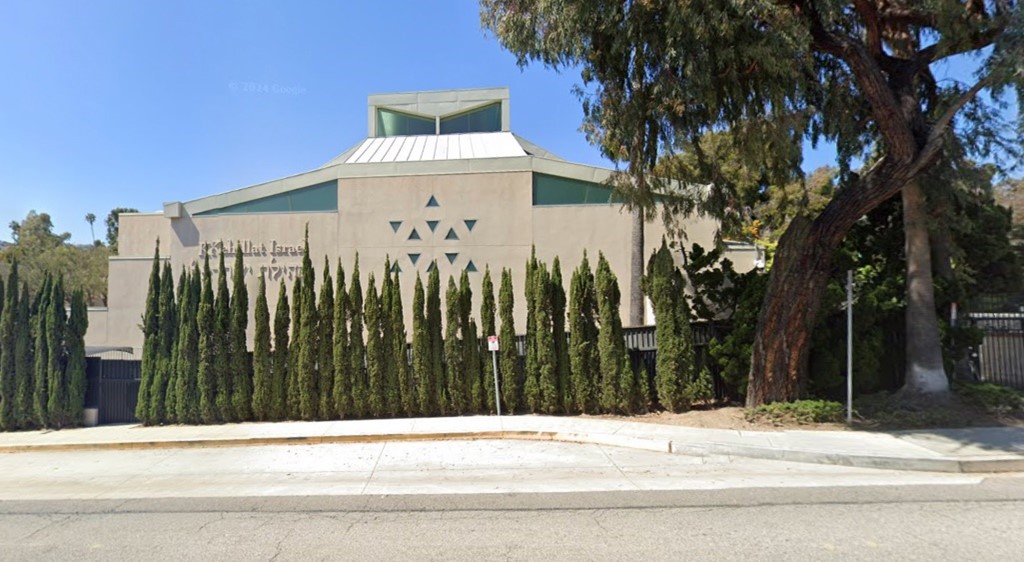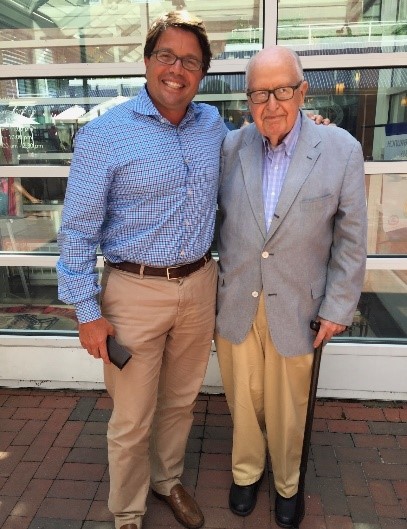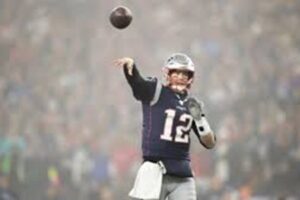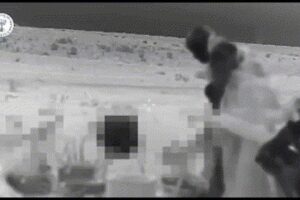Have you ever found faith fueled in a fire?
Did you find something in the seemingly loss of everything?
The cataclysmic fires in Los Angeles this month have been beyond devastation and imagination.
Tragically many people lost their lives. Thousands of families lost their homes and all of their physical possessions completely incinerated by these tragic fires. Countless businesses were lost and huge swaths of infrastructure were destroyed.
No words can adequately describe the devastation and loss.
Nevertheless, amidst this landscape of loss, I believe that there have been islands of inspiration.
We have heard stories of neighbors helping neighbors. Families, whose homes have been destroyed, have found refuge with friends whose homes were sparred. Business giving free food, clothing, and services to those in need.
In addition, there were many stories of Houses of worship, Chabad Synagogues, Churches, and religious objects saved from the flames. Miraculous to behold.
I would like to explore one story of an angel found among the ashes.
“In the midst of a devastating wildfire that destroyed their family home, Joshua Kotler and his wife Emily were left with nothing but their lives. However, from the ashes of their Altadena home, one precious item emerged: a menorah that had once belonged to Joshua’s grandmother, a Holocaust survivor.

The Kotler family, including their two daughters, Liberty, 4, and Eve, 2, had evacuated their home as the fire rapidly advanced. While they managed to flee with just a few clothes and the necessities, they never imagined the fire would destroy everything they had. Their home, perched at the top of a mountain, was completely consumed by the flames.
“We got out of our house safely, thank God,” Joshua told The New York Post, reflecting on their escape. The next morning, as firefighters surveyed the damage, Joshua and Emily returned to see what, if anything, had survived. Amid the devastation, the only item that remained unscathed was the menorah, a family heirloom passed down through generations.
“It was insanely powerful to find it,” Joshua said, choking up. “The night before, I had been crying on the phone with my cousin, regretting not grabbing it when we left. And then to find it, the only thing left from our entire house—it was just an insane feeling.”
While their home was lost, the Kotlers have found hope in this small but significant piece of history that now carries a new meaning: a reminder that even in the darkest moments, something precious can endure. “We’re alive. That’s all that matters,” Joshua reflected, holding his family close, grateful for their survival and the menorah that connected their past with their future.”
I looked to the torah for understanding and inspirations of faith fueled by fire. In Genesis 15:17 when G-d/Hashem appeared to Abram to signify his presence and first made his covenant with Abram.
Then I looked at Exodus 3:2, when Moses encountered the Burning Bush. What was unusual about the Burning Bush was not that it was on fire, but that it was on fire and not consumed. While most people use focal vision most of the time, I believe that the magic and mystery in life takes place in the serendipity of our surroundings. Moses noticed out of his peripheral vision that it was on fire and not consumed. Moses stopped and looked towards the Burning Bush. The angel of the Lord appeared to Moses from the within the fire, then God/Hashem called out to Moses from within the flames “Moses, Moses” God/Hashem called. “Hinani, Here I am (and I am ready)” replied Moses.
This moment changed the course of human history because it catalyzed Moses to lead the Children of Israel out of slavery in Egypt to the Wilderness and finally to the Promised Land – the land of Israel.
In Exodus 16:4, the Children of Israel arrived in the wilderness fresh from their escape from Egypt. They only had that which they could carry on their backs. They lacked the basics. God/Hashem provided manna from heaven. In Exodus 16:26, God/Hashem gave the first sabbath. This combination of spiritual and physical sustenance, manna from heaven and faith in God/Hashem provided the foundation support for the Children of Israel during their time in the wilderness.
I fervently pray and hope that the Children of Los Angeles will find manna from heaven over the coming weeks and months to provide spiritual support as they recover and believe again in the future.
It is truly this manna from heaven and faith that can be the ultimate angel appearing from the ashes which will lead the community of Los Angeles, the City of Angels, to the Promised land.
Author’s Note:
I have been hiking the hills of Malibu and Pacific Palisades for over 25 years while attending The Ashram.
I also lived in Santa Monica for two years and hiked in the Pacific Palisades (Paseo Miramar Trail) and Malibu 4 to 5 times a week.
I am sending my love and prayers to my LA friends wishing them hope and faith during this difficult time.
Appendix:
The LA neighborhood of Pacific Palisades was one of the areas that suffered the most damage. Amongst the ruins left in the fire’s wake, there was one building that was notably spared: Kehillat Israel.
Kehillat Israel is a reconstructionist synagogue. The congregation was founded in the 1950s and grew to include hundreds of families. In 1997 they opened their synagogue in Pacific Palisades.

When the LA fires hit, area around the synagogue was greatly affected. Buildings just across the street had been destroyed. Despite this, the synagogue itself was untouched by the fire. The survival of Kehillat Israel serves as a beacon of hope not just for its congregation but for all residents of LA.
You can read more about Kehillat Israel here.

At Pepperdine University in Malibu, a 20-foot wooden cross stands atop a hill overlooking the university. This hill was ravaged by the fires. Miraculously, the wooden cross was unharmed by the blaze. It now serves as a powerful symbol of hope. You can read more about it here.

The Corpus Christi Catholic Church in Pacific Palisades was tragically destroyed during the LA fires. When the fire department was going through the rubble, they were able to recover the church’s tabernacle intact. The tabernacle’s survival is a powerful sign of hope and faith. You can read more about it here.
You can read another powerful story of faith found in the wake of the fire here.





